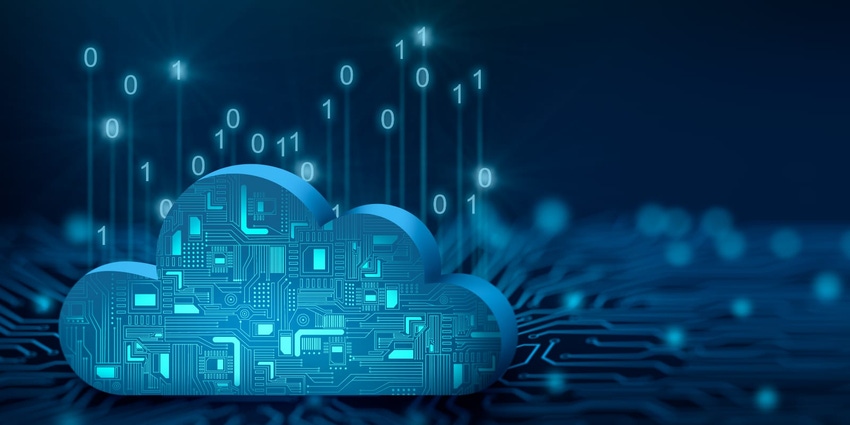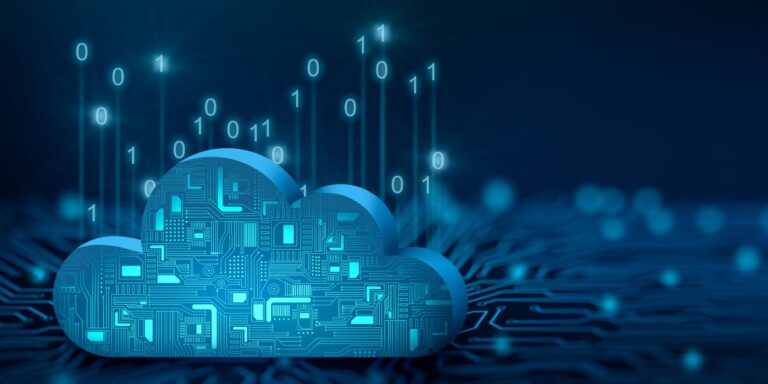Source: www.darkreading.com – Author: Robert Lemos, Contributing Writer

Source: Peach Shutterstock via Shutterstock
The cybersecurity industry has no shortage of problems: Attackers are using automation to shorten their time to exploit, patching software is burdensome, establishing defenses such as segmentation remains difficult, and a shortage of cybersecurity-skilled workers holds back efforts in all of these areas.
No wonder, then, that Cisco has decided to launch an AI-powered, distributed security platform for protecting cloud workloads and artificial intelligence (AI) systems from cybersecurity threats. Dubbed Hypershield, the platform will push security out to the edge, using AI-augmented agents to maintain security controls around every workload in the data center and even distributed, connected devices. Cisco says the platform will be able to patch environments automatically, test software updates within the environment using simulated systems known as digital twins, and block attacks by detecting anomalous behavior.
Hyperbole was not in short supply, and “reimagined” seemed to be the word of the day.
Jeetu Patel, executive vice president and general manager of Cisco’s security and collaboration division, called it “one of the largest platform shifts that we’ve experienced during our lifetimes.”
“For the past gazillion years, when we’ve looked at security, the advantage has always been on the side of the adversary,” Patel said during a press conference announcing Hypershield. “We are now approaching an era … where … because [of this platform], you might have a world where you might have an advantage as a defender, and wouldn’t that be a wonderful world to live in.”
Cybersecurity is certainly a field that could benefit from using AI for augmentation or as an assistant, and pushing security to the distributed edge — closer to the devices to be secured — can help simplify some aspects of vast networks that need to be secured.
The company’s choice of technologies makes sense, says David Holmes, a principal analyst with Forrester Research. By using eBPF, a technology that allows sandboxed programs to run in a privileged context, pieces of the workload can be instrumented, and data processing units (DPUs) allow efficient processing of data using high-bandwidth network interfaces.
“They are describing a more modern approach to building a private cloud data center architecture, and that’s good,” Holmes says. “eBPF for automation [and] security, container-like workloads — their DPUs — overall, this is good for the industry if they pull it off.”
Digital Twins Allow Automated Patching
Craig Connors, chief technology officer of Cisco’s security business group, demonstrated how a workload or application could be automatically patched and run in parallel using digital-twin technology to test the stability and correctness of the updated software. Digital twins are simulations — originally used in product development and manufacturing — that allow software engineers to test and observe a version of a device or application.
If patched code passes all tests and satisfies policies, then it can be promoted to production, Connors said during the demonstration.
“What we’ve done is we’ve essentially introduced the digital twin into every enforcement point that we deploy,” Connors stated. “So we’re actually bringing CI/CD [continuous integration and continuous delivery] to the embedded world by running the end-of-the-promotion pipeline as a digital twin on every single enforcement point for every single customer in the world in a transparent way. That allows us to test every possible combination that could happen in your real environment everywhere.”
While the company will start with Linux environments, Cisco hinted at future plans to support other operating systems.
The same digital-twin approach can be applied to developing segmentation policies for networks of devices and workloads, according to Connors. The AI assistant built into the Hypershield platform could recommend microsegmentation policies and give a confidence score that each policy would behave well inside a given environment.
“Imagine if AI wasn’t just recommending microsegmentation policies, but it was modeling them in a digital twin of your environment, and telling you exactly how it tested those policies to make sure they were correct before it recommended them to you,” Connors said. “So we’re really trying to bring that trust aspect in and not just ‘AI bomb’ you with recommendations.”
Distributed Exploit Protection
Cisco says the platform will also protect against exploits in real time by using threat intelligence to inform anomaly detection and response. Because companies never know which vulnerabilities will be picked up by an attacker, the system allows all high-impact vulnerabilities to be treated the same.
This approach benefits companies with legacy hardware and software that has reached end of life and is no longer receiving updates, according to Connors.
“There are cases where we can never patch. … Let’s say the software’s end of life, but my business still relies on it and a critical vulnerability exists,” Connors said. “So while these are intended to be short-lived patches to bridge that gap between that availability and patch deployment and then we’ll automatically pull back these distributed shields, it is potentially feasible that you may want to run this for the life of the application to continue protecting you against [exploitation].”
Having the vision and individual technologies is a good first step, but like the platform managing driver-assist features in cars, the trick is how it all comes together, says Jon Oltsik, analyst emeritus at Enterprise Strategy Group. Coordinating the pieces across multiple systems, rather than looking at each one in isolation — as well as figuring out “normal” activity — and then responding will be tricky.
“It’s a good goal, but a lot of things need to come together to make it happen, including user buy-in,” he says. “AI-based security must go through rigorous testing and be proven in the field before security professionals will trust it.”
Cisco has promised the platform will be generally available by August.
Original Post URL: https://www.darkreading.com/cloud-security/cisco-faces-complex-road-to-deliver-on-its-complex-hypershield-promise
Category & Tags: –




















































